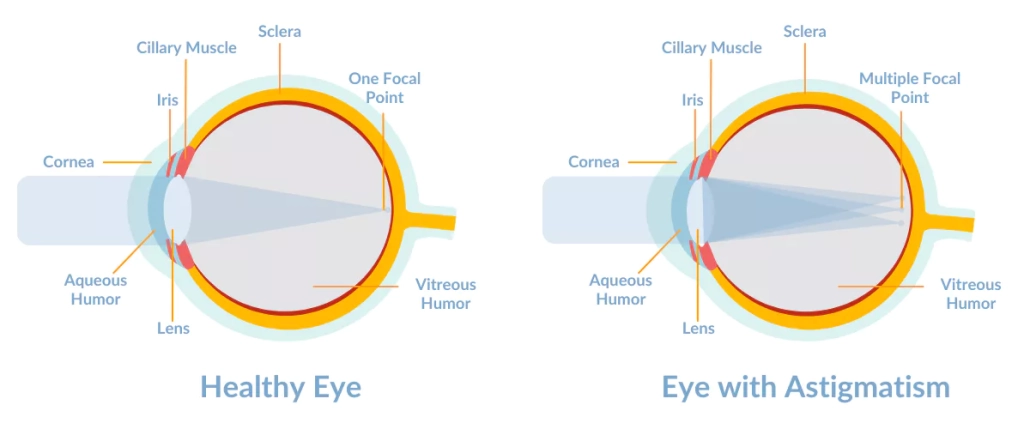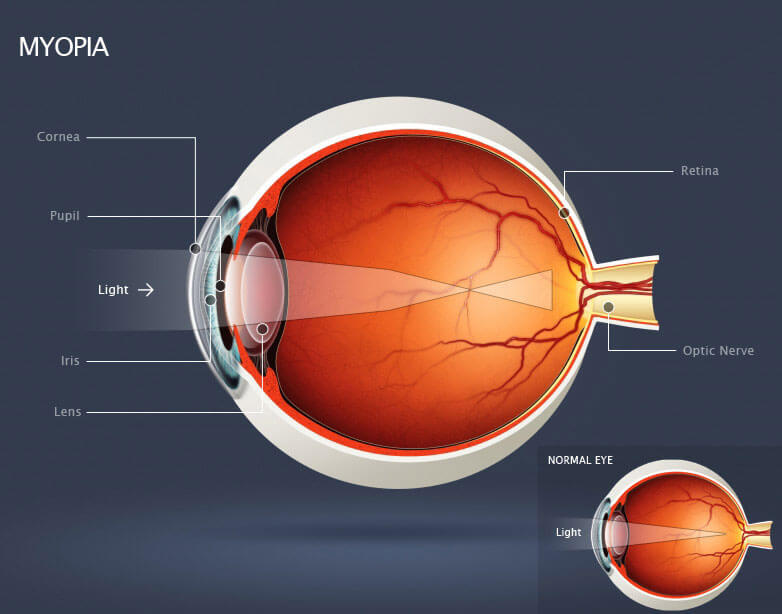LASIK (Laser-Assisted In Situ Keratomileusis) is a popular laser eye surgery that can correct vision problems such as myopia, hyperopia, and astigmatism. However, LASIK is not suitable for everyone, and there are several alternatives available for those who are not good candidates for the procedure or prefer not to have surgery. In this blog post, we will explore some of the alternatives to LASIK.
1. PRK (Photorefractive Keratectomy)
PRK is a type of laser eye surgery that uses a laser to reshape the cornea, similar to LASIK. However, instead of creating a flap in the cornea, the outer layer of the cornea is removed and discarded. This can result in a longer recovery time compared to LASIK, but it may be a better option for those with thinner corneas, larger pupils, or dry eyes.
2. SMILE (Small Incision Lenticule Extraction)
SMILE is a newer type of laser eye surgery that uses a femtosecond laser to create a small incision in the cornea and remove a small piece of tissue, which changes the shape of the cornea and corrects vision. This procedure has a shorter recovery time compared to PRK, and it may be suitable for those with moderate myopia and astigmatism.
3. ICL (Implantable Collamer Lens)
ICL is a type of refractive surgery that involves placing a thin, prescription lens between the iris and the natural lens of the eye. This lens can correct vision problems such as myopia, hyperopia, and astigmatism. This procedure is reversible, and it may be suitable for those with thin corneas, dry eyes, or high prescriptions.
4. Orthokeratology (Ortho-K)
Ortho-K is a non-surgical procedure that involves wearing special contact lenses while sleeping to reshape the cornea temporarily. The lenses are removed in the morning, and the cornea retains the new shape, resulting in improved vision. This procedure is suitable for those with mild to moderate myopia and can also slow the progression of myopia in children.
5. Glasses or Contact Lenses
Glasses and contact lenses are non-surgical alternatives to LASIK that can correct vision problems. Glasses are a simple and affordable option for those who do not mind wearing them, while contact lenses can provide a more natural vision experience. Both options require regular maintenance and may need to be updated as the prescription changes.
Conclusion
LASIK is a popular and effective procedure for correcting vision problems, but it is not suitable for everyone. There are several alternatives available, including PRK, SMILE, ICL, Ortho-K, and glasses or contact lenses. Each option has its advantages and disadvantages, and it is essential to consult with an eye doctor to determine the best option for your needs.


